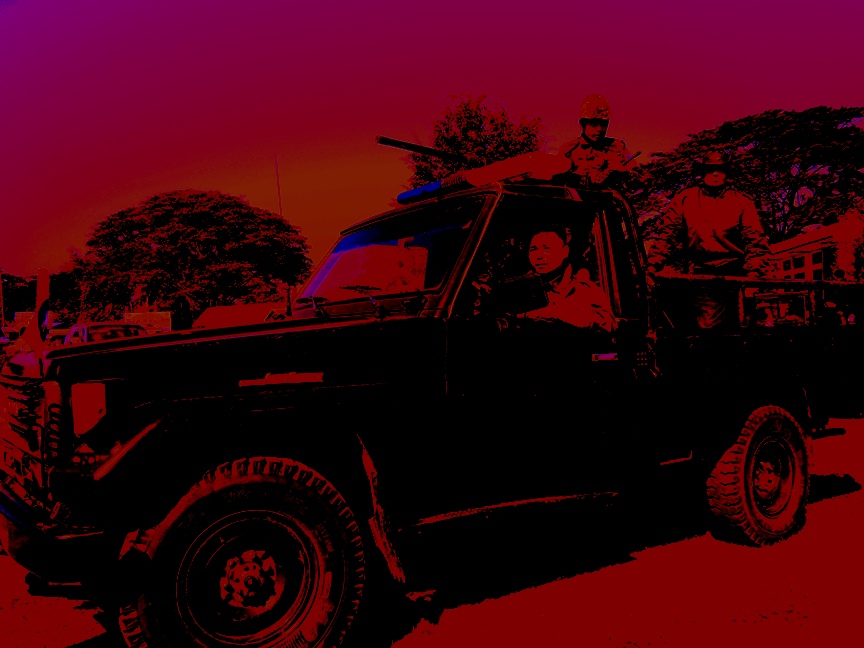Long-time readers know that I have an interest in understanding how many soldiers die in Burma’s civil wars. Last year I wrote about the topic on a number of occasions, and these were followed by other commentaries, such as this one.
Now there is a report that “[a]ccording to KIA [Kachin Independence Army] sources the number of government troops lost over the past 10 months [since 9 June 2011, when the Kachin war recommenced] could be as high as 3,000” (emphasis added).
What would that mean?
If we take the prevailing estimate for the strength of Burma’s Army, Navy and Air Force (around 400,000), and then determine a reasonable fraction of combat troops (say 20 per cent, although some suggest that this figure is too high), we might conclude that the fighting force (of around 80,000) could have lost up to 4 per cent of its men in the past year. And that is just in engagements with the Kachin Independence Army. There has also been heavy fighting in other areas, particularly in parts of eastern Burma, during the same time period.
As I have stated in the past, it is very difficult to verify combat losses in Burma’s civil wars, and there are good reasons to be sceptical of any single claim.
But if anything like 3,000 Burmese troops have been killed (and not one of them seems to have received a public funeral or commemoration) then this is a big issue as the country gradually moves towards more transparent, participatory and responsive government. There was a time when we could just assume that there would be no scrutiny of sensitive national security matters, and especially Burmese army combat losses. But that assumption may no longer hold.
If they had a full tally of the costs of ethnic civil wars would the Burmese people ever accept these losses?
At some stage Burma’s leaders will need to account for the conduct of this war in the Kachin State. It is the blackest mark against President Thein Sein’s government and a significant dent to its reformist credentials.
And, as the war drags on month-after-month, its continuation seems to confirm the assessment that reformists are not the only ones with clout in the emerging quasi-civilian-praetorian-hybrid regime.
 Facebook
Facebook  Twitter
Twitter  Soundcloud
Soundcloud  Youtube
Youtube  Rss
Rss 